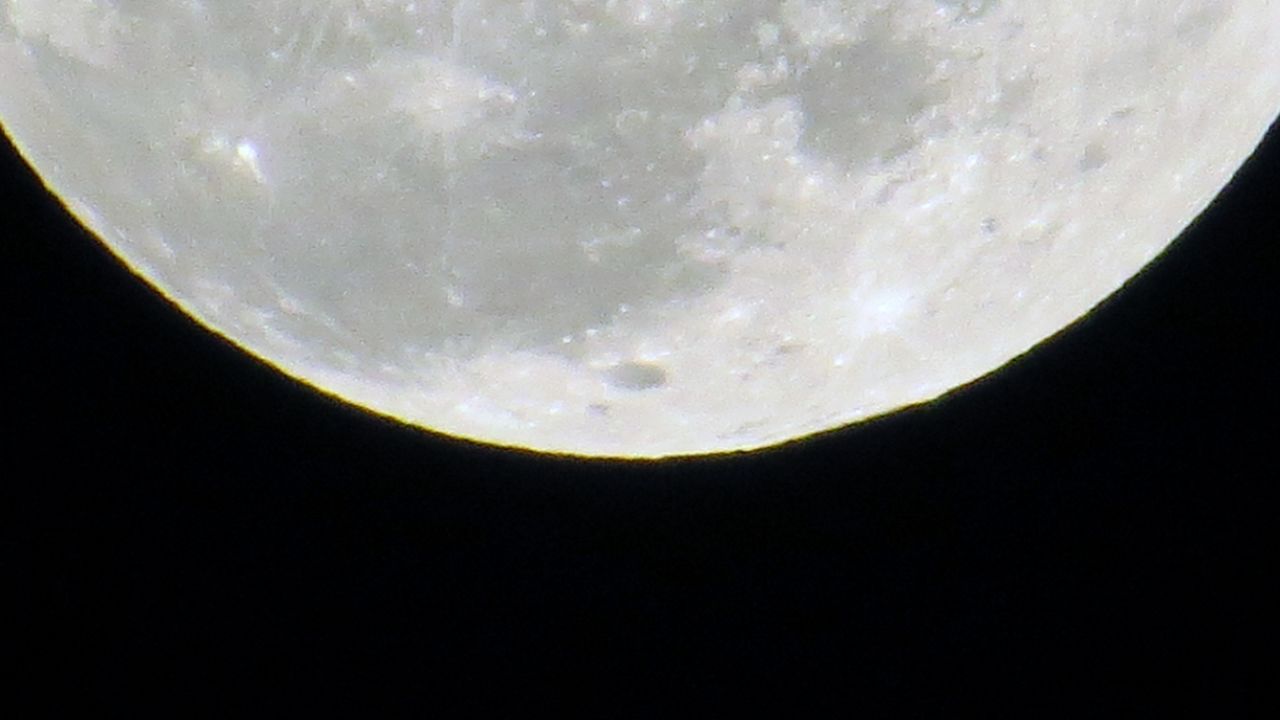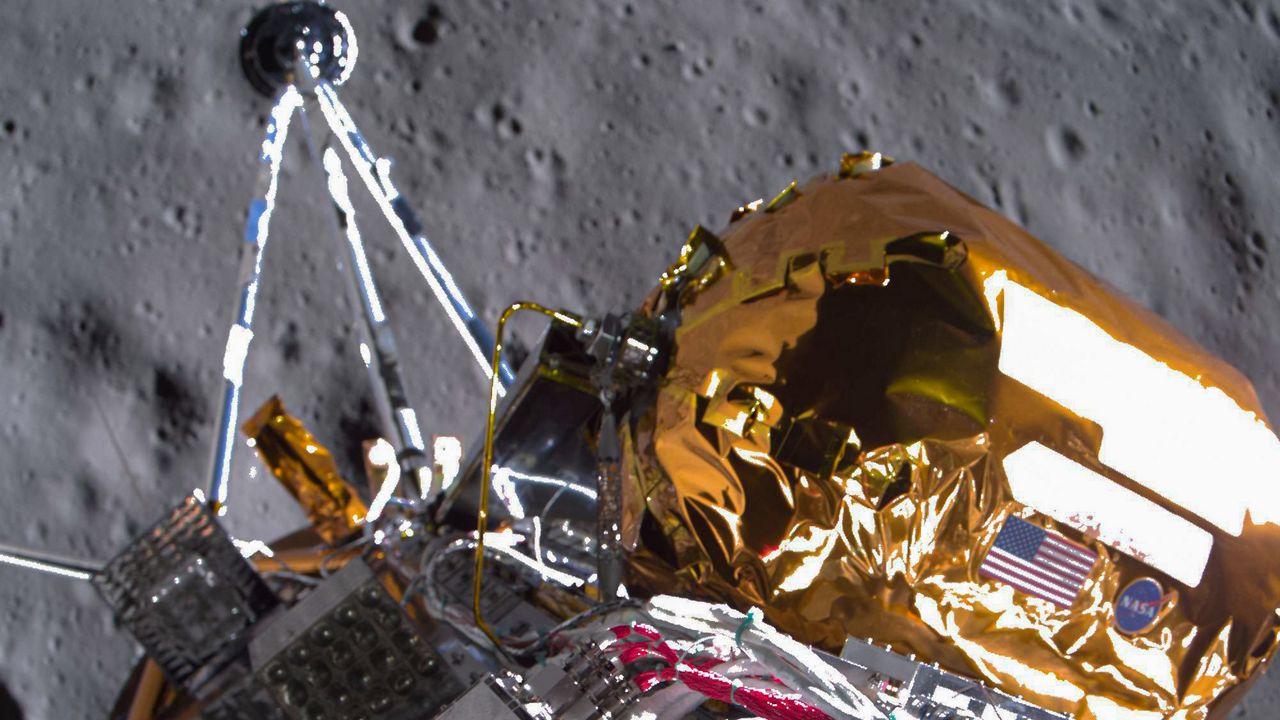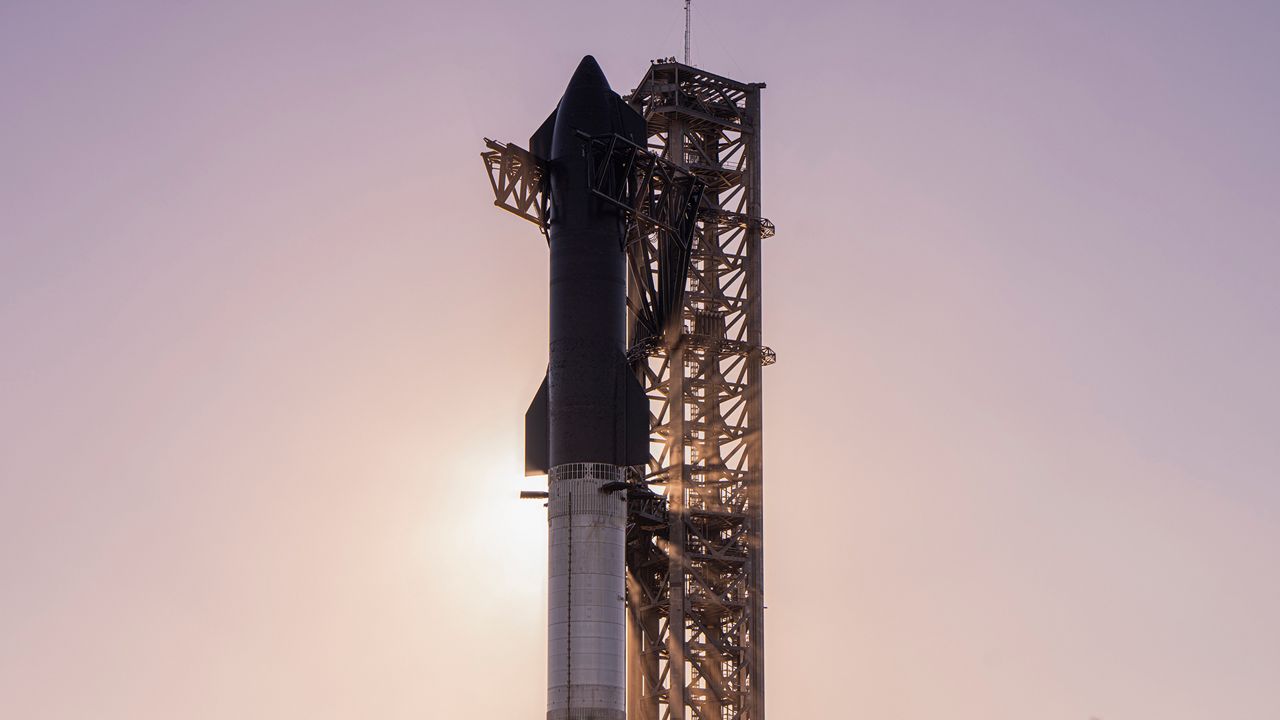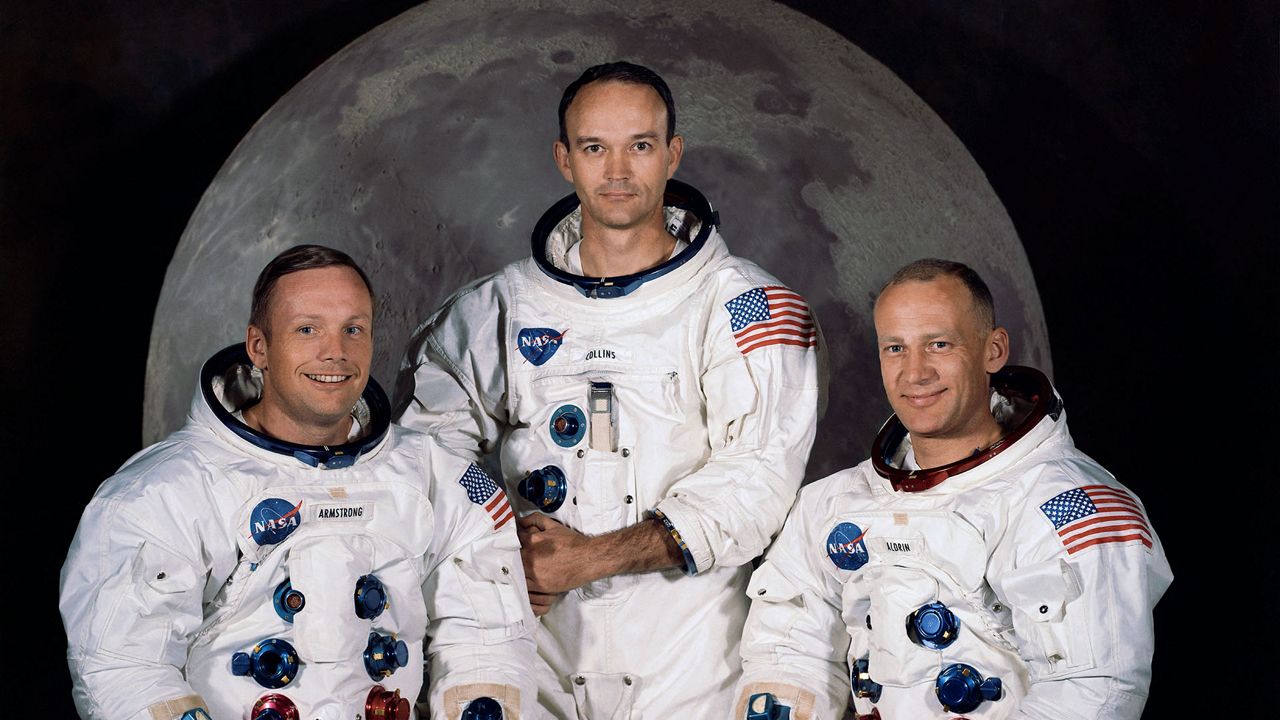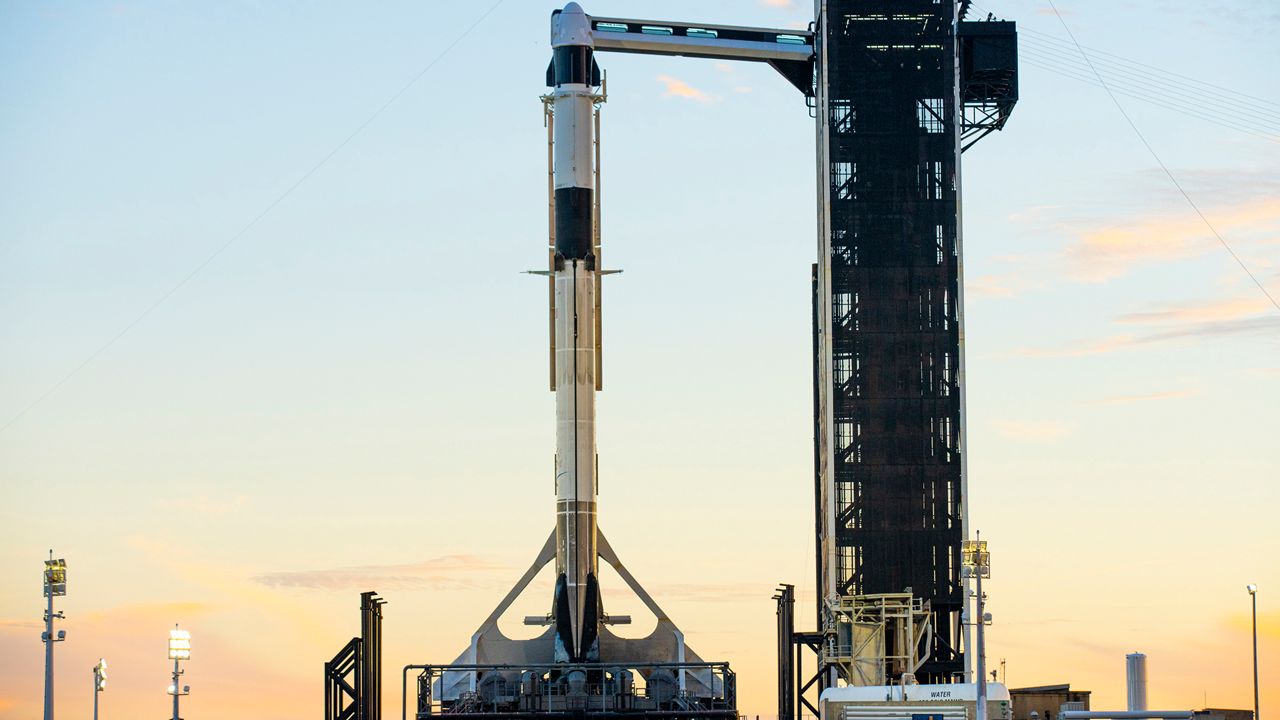As NASA is preparing to launch the Artemis I to orbit the moon on Monday, the space agency released a baker’s dozen of possible lunar landing sites for its Artemis III mission.
What You Need To Know
- The 13 possible lunar-landing regions will be near the South Pole
- These landing sites will be the Moon's permantely shadowed areas, which is believed to hold water
- RELATED coverage: Understanding the ShadowCam’s lunar mission
The 13 possible landing regions will be near the South Pole of the moon, an area that has permanently shadowed regions, NASA stated on Friday. Each of these regions holds numerous possible landing sites for the Artemis III.
These permanently shadowed regions are areas where the Sun does not shine and are believed to hold water and ice. One of the science objectives for the Artemis III mission is to land close enough to one of these regions to explore it with a moon walk.

Selecting the lunar-landing locations
The 13 lunar candidate regions for the Artemis III mission are:
- Faustini Rim A
- Peak Near Shackleton
- Connecting Ridge
- Connecting Ridge Extension
- de Gerlache Rim 1
- de Gerlache Rim 2
- de Gerlache-Kocher Massif
- Haworth
- Malapert Massif
- Leibnitz Beta Plateau
- Nobile Rim 1
- Nobile Rim 2
- Amundsen Rim
According to NASA, there was a lot of consideration that was done by researchers and scientists when compiling these potential locations.
Some of the considerations that made these locations ideal are:
- ability to provide a safe landing area
- possibiliy for communication with Earth
- diverse terrain and geologic features
- access to sunlight
Access to sunlight is important as Artemis III astronauts plan to stay on the moon's surface for six and a half days.
While part of the mission is to explore the moon’s permanently shadowed regions, access to sunlight would provide a power source for equipment and more habitable temperatures for the astronauts.
And temperatures can be a bit extreme. At the moon’s south pole, where the sun hovers either blow or just above the horizon, it can be as toasty as 130 degrees Fahrenheit during the sunlit times. But in the permanently shadowed regions — which is believed to be untouched by sunlight in billions of years — temperatures can drop down to a chilly -334 degrees Fahrenheit, according to NASA.
The promise that permanently shadowed regions holds is the possibility they will be rich in resources for astronauts and future lunar settlers.
The importance of the Moon's shadowed regions
Earlier this month, SpaceX launched South Korea’s first lunar orbiter and among the experiments on board is the only NASA-funded experiment called ShadowCam, which will look into the moon’s permanently shadowed regions.
And this, in addition to the Lunar Reconnaissance Orbiter, which uses the Narrow Angle Camera and has been orbiting the moon since 2009, has allowed teams of scientists and engineers to assess the possible lunar landing sites.
“Several of the proposed sites within the regions are located among some of the oldest parts of the moon, and together with the permanently shadowed regions, provide the opportunity to learn about the history of the Moon through previously unstudied lunar materials,” commented Sarah Noble, Artemis lunar science lead for NASA’s Planetary Science Division, in a NASA statement.
In a separate Spectrum News article about the ShadowCam, Dr. Mark Robinson, the principal investigator of the NASA-funded project, said the discovery of ice in the permanently shadowed regions would be a valuable resource for future exploration.
NASA’s Chief Exploration scientist Jacob Bleacher expanded on that and said in a statement, “Lunar water ice is valuable from a scientific perspective and also as a resource, because from it we can extract oxygen and hydrogen for life support systems and fuel.”
As the Artemis III mission grows closer, currently scheduled for 2025, NASA will continue having discussions and go over research to nail down the pros and cons of each candidate site before a decision is made.




